Spotlight: Church Street School for Music and Art
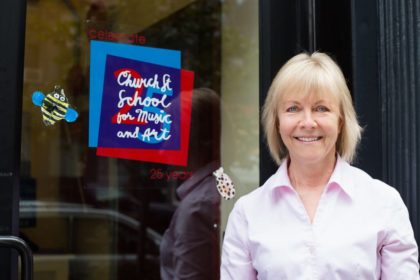 Because this site focuses on news, the businesses that have been around awhile—and that make this neighborhood special—don’t get the coverage they should. The photographs for the “Spotlight” series are by Claudine Williams, who specializes in business, personal branding, and glamour portraits. She also dabbles in street photography for fun. Originally from Philadelphia, she has made NYC her home for the past seven years with her husband and son.
Because this site focuses on news, the businesses that have been around awhile—and that make this neighborhood special—don’t get the coverage they should. The photographs for the “Spotlight” series are by Claudine Williams, who specializes in business, personal branding, and glamour portraits. She also dabbles in street photography for fun. Originally from Philadelphia, she has made NYC her home for the past seven years with her husband and son.
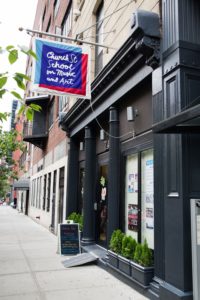 “We had 150 students when we were starting out, and this year we’re pushing a thousand,” says Lisa Ecklund-Flores, who co-founded the Church Street School for Music and Art back in 1990. “We’re the only non-profit school for the arts below Canal Street, and I’ve always felt like the school is a vessel for the community to use any way they want.” To that end, the school is hosting a series of town halls, asking the public to weigh in on the direction for the next 25 years—and hopefully beyond. “When they talk about what they like,” says Ecklund-Flores with a smile, “they say it feels like home.”
“We had 150 students when we were starting out, and this year we’re pushing a thousand,” says Lisa Ecklund-Flores, who co-founded the Church Street School for Music and Art back in 1990. “We’re the only non-profit school for the arts below Canal Street, and I’ve always felt like the school is a vessel for the community to use any way they want.” To that end, the school is hosting a series of town halls, asking the public to weigh in on the direction for the next 25 years—and hopefully beyond. “When they talk about what they like,” says Ecklund-Flores with a smile, “they say it feels like home.”
How did Church Street School come to be?
Lauri Bailey and I were working at the Greenwich Street Music School in the West Village. We had a vastly successful program—kids were lining up for the summer classes. We were young and felt underappreciated, so we impetuously decided to start our own school. We didn’t know anything about how to do it! There was no business plan.
Hard as it is to believe now, we chose Tribeca because we knew there was nothing down here for kids. We found the second-floor space at 311 Church [at Walker]. Twenty-three stairs to walk up and no one complained! They had those umbrella strollers than that folded up—the huge ones now would never make it. We had a music room and an art room and a small lobby. We opened in September of 1990 with 150 students. People loved us.
We grew exponentially. By 1996, we had outgrown the space and we started looking. The need for instrumental studios drove the search, and taking the ground floor of 74 Warren allowed us to have three little teaching studios. By the spring of 2001, we were on top of ourselves—we were renting extra space outside of the school. We had initiated a building fund, but we all knew what happened that fall. Half the neighborhood moved away after 9/11, and it took two years before the area recovered enough that it made sense for us to go forward. By the spring of 2004, we were maxed out again, so we pushed down into basement, which allowed us to create five little teaching studios instead of the three former ones, along with a new art room, and the old art room became an ensemble room.
By the fall of 2005, were once again renting outside space again. We got a $400,000 recovery grant from the Lower Manhattan Development Corporation, but the catch was it had to be for new construction. Our landlord, who owns all of these buildings, around to where the new juice bar is on W. Broadway, had more space. In May of 2007, we signed a lease to push into 72 Warren, the ground floor and the basement. But it took a year for the LMDC funds to be processed, so we didn’t start construction until August of 2008. We moved into the new space in September of 2009, and eventually we realized it made sense to sublet the storefront where the Brooklyn Robot Foundry is now.
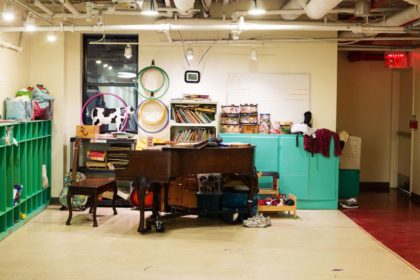 I suppose it didn’t make sense to change the name.
I suppose it didn’t make sense to change the name.
We had a reputation and didn’t want to leave it.
What is the school known for?
Literally, I’d say we’re known for the instrumental music program. It’s our biggest program, and it grew the most exponentially. It drove the expansion. Spiritually speaking, we’re old Tribeca, a hub of creativity. We believe it’s just as valuable to study the Beatles as Bach when studying music theory. We’re a little avant garde.
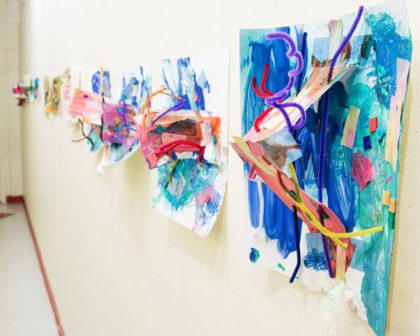 Most popular class?
Most popular class?
It used to be toddler classes—they would get completely maxxed out. We had to turn people away. Now there’s such intense saturation for that age group in this neighborhood…. Our after-school program is really popular. Kids love it. All of the art on these walls is from it! And our piano discovery program is filling up right away. It’s the Dalcroze method, a whole-body way of teaching music, with an emphasis on piano. And 72, our teen program, won best teen hangout in 2012 from New York magazine! The directors are alums of the school who are now teaching artists. It’s the last Friday of the month, and teen bands play for other teen. It’s packed. We decided to make it cheap—it’s just $8—so you don’t have to ask your parents for money. They build up to a battle of the bands at Santos Party House.
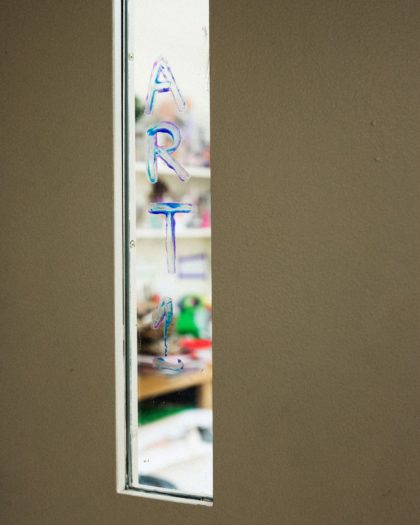 What’s the most satisfying part of what you do?
What’s the most satisfying part of what you do?
Working with the kids. As the executive director, I have to be so concerned with administrative responsibilities. But I still teach toddler class and a preschool Dalcroze class each week, I lead a senior citizen chorus at the Hallmark, and I have five piano students. It’s the reason I made the school! There’s such a great feeling you get when you realize you have the potential, the capacity to create music unique to you.
Tribeca has obviously changed a lot. Any changes that have surprised you?
It’s the Upper East Side meets the Lower West Side…. I’m surprised to the extent that national franchises have taken over from mom and pops. When we first opened, everybody around here was in the arts—an artist, dancer, musician, writer. People predominantly raised their own children. They were committed to the neighborhood and the neighborhood feeling—there was nothing here, so they really had to.
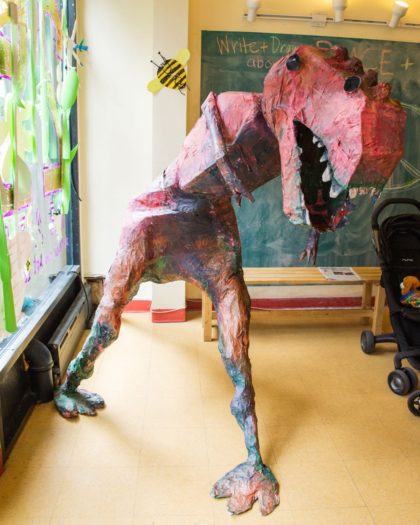 How has the school changed?
How has the school changed?
It’s a lot bigger. But we’ve done a good job of maintaining the voice, the philosophy. We have 55 teaching artists, and I’m proud that they’re all working musicians and artists. We’re a tight group. We’re all of like mind. That’s how I hire: Are we on the same wavelength, with the goal of facilitating and fostering creative expression?
What percentage of students are local?
I don’t know the exact number, but they’re predominantly local. We do have some students from Jersey City, Brooklyn, the West Village….
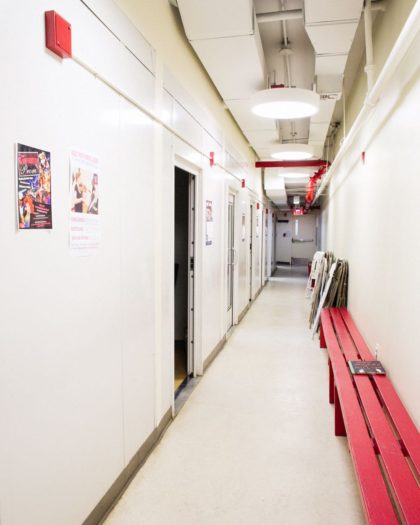 Tell me a crazy parent story.
Tell me a crazy parent story.
I’ve had all kinds of exuberant parents…. One time, a mother called and said she wanted guitar lessons for her two-year-old. I explained that the guitar isn’t the right instrument for a two-year-old. It’s not easy, and it can be painful. We recommend the piano, because it’s more visual: low is low, high is high…. Anyway, she said that her son was a prodigy. When I asked how she knew, she said that he takes the mirror off the wall and strums the string like a guitar.
Time to hang the mirror higher!
Right?! The irony is that I got her to enroll him in a Dalcroze Eurythmics class, and he ended up being an accomplished musician. Not a professional one, but a very good one.
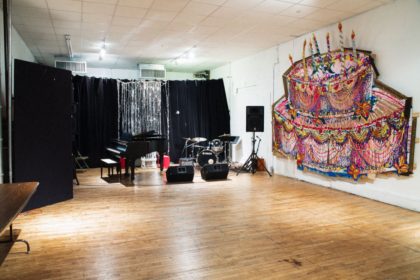 Where do you eat/drink/shop around here?
Where do you eat/drink/shop around here?
I have certain dishes that I like—such as the kale salad at Tiny’s. Le Pain Quotidien has a Farmhouse Chicken Salad with slices of chicken, fresh peas, and beautiful radishes. Mulberry & Vine, of course, is so convenient. I was so sad to see Mangez Avec Moi go away. [Emailed later:] I can’t believe I forgot to say Gee Whiz! Nearly every day I order a Greek salad, a coffee, and a seltzer.
What does the future hold for Church Street School?
That’s the $64,000 question. It’s what we’re trying to figure out with the town halls. We’re at a crossroads. We have six years left on our lease, and we pay an exorbitant amount of rent. We’re highly beloved and growing. I’m 60—this isn’t going to be the Lisa show forever. We have to create the longevity that this institution and this neighborhood deserve. A non-profit community school for the arts is an amazing resource. Did you know that none of the other non-profit arts schools in the city pay rent? They were gifted or bought or included in a new development.
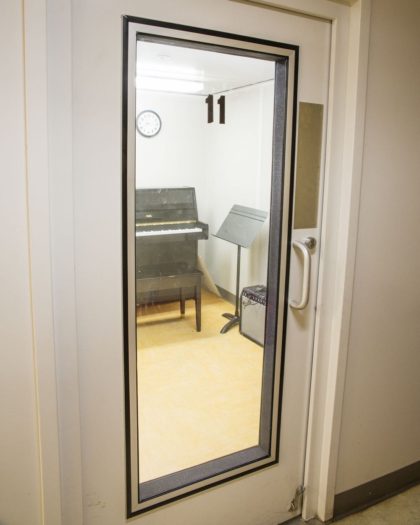 What didn’t I ask?
What didn’t I ask?
Adults have a lot of fun here, and I’m not sure people think of adults when they think of Church Street School. Our open mic night on the last Thursday of every month is a loyal, warm environment. You can try anything. We have a lot of adults taking instrumental lessons. Also, our figure drawing class is underwritten by Nicole Miller. The teacher, Z Behl, did a beautiful job of expressing to Nicole why the classes needed to be affordable—they’re just $10—and Nicole generously agreed to help.
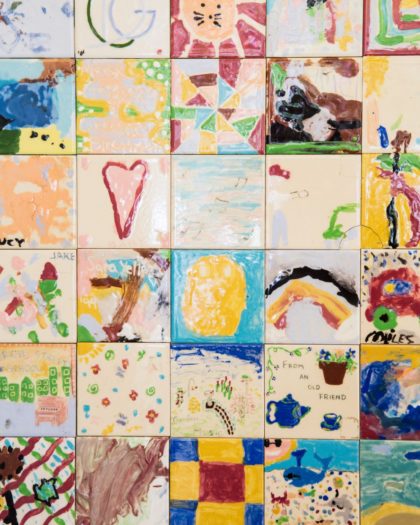 Previously in this series:
Previously in this series:
••• Kings Pharmacy
••• Church Street Surplus
••• New York Nautical
••• Lance Lappin Salon
••• Joseph Carini Carpets
••• Donzella
••• A Uno
••• Balloon Saloon
••• Fountain Pen Hospital
••• Abhaya
••• Chambers Pottery
••• Square Diner
••• Langdon Florist
••• Tribeca Upholstery & Draperies
••• Double Knot
••• Philip Williams Posters


















